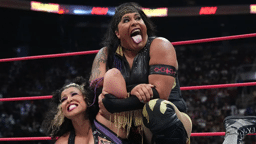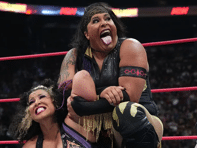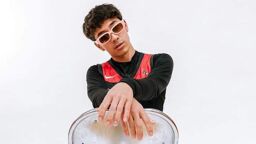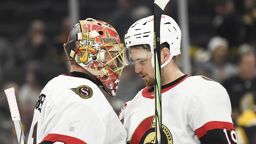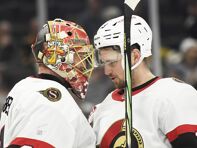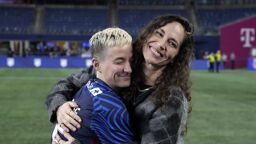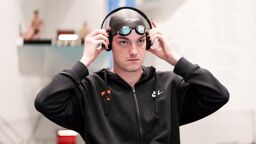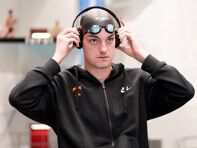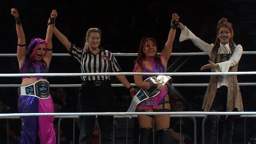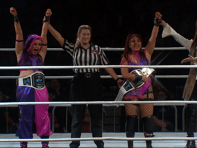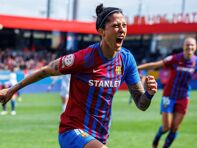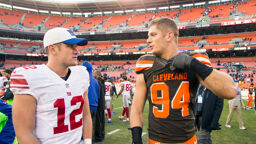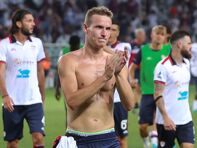Elite teenage hockey players in Canada are more accepting of LGBT people overall, but the culture of the locker room and a concern of showering with openly gay teammates still hinders progress, a study has found.
Though the culture of masculinity in hockey may be difficult to change, many young male hockey players in Canada are more open to the idea of LGBTQ equality than is commonly thought, according to Cheryl MacDonald, a post-doctoral researcher at the University of Alberta’s Institute for Sexual Minority Studies and Services.
“Hockey players have been taught through the ages that anything but heterosexuality or heteronormativity shows weakness, so there’s that expectation in the room to act a certain way,” MacDonald said. “A lot of them are quite OK with the idea of homosexuality or with lesbian-gay-bisexual-transgender-queer [people]. It’s just that a lot of them feel that they can’t be OK with it because certain ringleaders in the dressing room put it down.”
MacDonald interviewed 120 players and six coaches in Canada’s Major Midget AAA level, deigned for elite players ages 15-18; many of these players will be the stars of tomorrow. In an interview with Global News about her findings, the fear of showering with a gay teammate was still an issue.
“The biggest concern they had with the idea of having a gay teammate, because this population had never had an openly gay one, was being naked in the showers with them. They were worried a gay teammate would see them naked and be attracted to them,” she said.
The idea for the study came to MacDonald after speaking with Georges Laraque, an enforcer during his days in the NHL. Laraque told her that homophobia was the issue she should be studying. There were many gay players in the league, he said, estimating at least one per team. There has never been an openly gay NHL player.
A key takeaway was that these young players were more accepting of LGBT people and open to one day having a gay teammate.
“I think that hockey, unlike a lot of other sports, involves a lot of compartmentalization—hockey players have highly regulated lives in terms of where they can do things and with whom they can do them and who expects what of them in those different contexts,” MacDonald said. “For example, hockey players for the most part understand they can have a fist fight on the ice but they can’t do that on the street because there are repercussions, so they have become really good at understanding different contexts of their lives.”
She added that some players admitted to not knowing much about or understanding sexual difference and were open to the possibility of change in their attitudes.
“A lot of them also said that eventually they’d get used to it. They’d never had a gay teammate, at least not an openly gay one, but they knew that whether they liked it or not, it would eventually become normal and everyone would get along.”
These kinds of studies are very valuable, especially focusing on younger players who will be tomorrow’s role models. Education and exposure are vital to show that being gay and being a hockey player and not mutually exclusive.
If you are in Alberta, Canada, on Thursday, MacDonald will be speaking on her findings. Information here.
